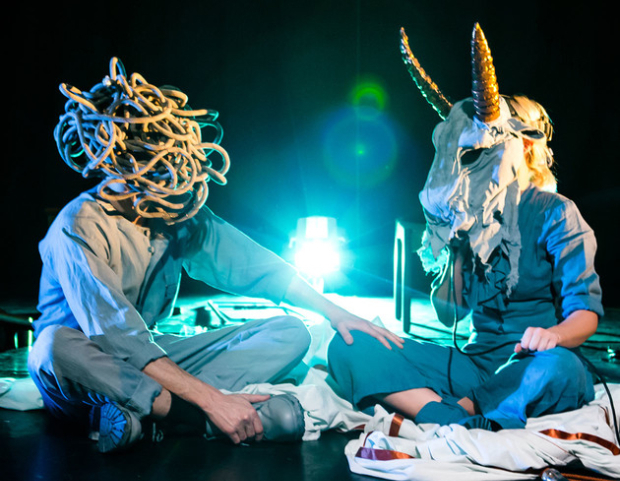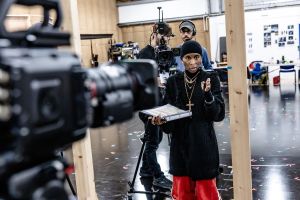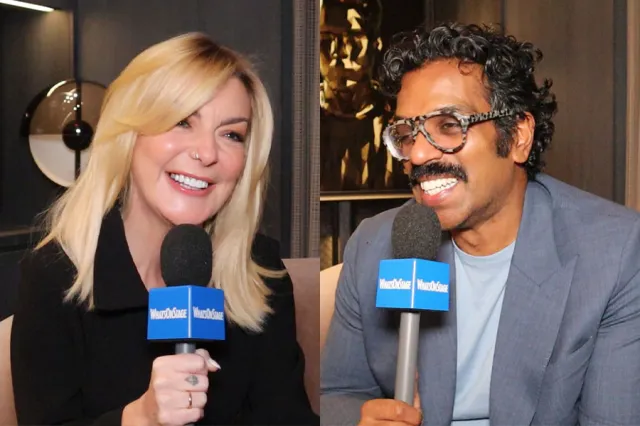Matt Trueman: When Fringe shows start speaking to each other
‘Seeing this much theatre in this close proximity, something strange starts to happen’

(© Richard Davenport)
It's certainly a very privileged experience – only possible because of the free tickets we get as critics. To see that number of shows would cost most people well over £1000, on top of accommodation and expenses, food and drink – none of which are cheap in themselves. Very few people get to do the Edinburgh Fringe in the same way.
That's a shame because it changes the way you watch theatre significantly. You hit a kind of zen state of theatregoing. It has its downsides, of course: the itch that arrives at around 50 minutes, once your body has attuned to the average hour-long show; the number of terrible, life-sapping horrorshows that you have to endure, making time seem to slow to a halt; the techniques you develop for keeping yourself awake after too little sleep and too little coffee – toe-curling exercises, eyelid strains, hair and ear pulling, fingernails dug into palms…
However, that all pales alongside the good stuff. Seeing this much theatre in this close proximity, something strange starts to happen: shows start to speak to one another. Ideas bounce between them. Lines echo. Images recur. Two shows blend and two more blur. Fringe shows share subjects, yes, but it's more than that – they start to converse. They tee each other up, so that what you take from one show depends on what you've already seen. Last year, for example, there was a whole raft of pieces about masculinity and mental health that seemed to criss-cross together. Out of that criss-crossing, taken together, you end up with a more rounded and complex understanding of a topic than any single show could provide.
'Every show is part of something much bigger than itself'
The Fringe exists in the gaps between shows, in the way they inter-relate. That might just as well be a formal quality – a technique or a mode of address – as a set of ideas or a subject matter. Either way, the Fringe has an extraordinary capacity to encapsulate a moment, to take the temperature of the times. Because it's uncurated, with every artist making whatever piece they so chose, any patterns are entirely organic. If something repeats, there's probably a reason for it. This year, there's a lot on depression and migration, but subtler, smokier themes will emerge.
It also reflects you, the watcher, at that point in time. Inevitably, the recurrences and echoes that you personally pick up on will depend, very strongly, on your personal circumstances and your own state of mind. Last year, shortly after a significant break up, I found myself picking up on or zooming in on images of heartbreak and healing over and over again. You know what? It really helped.
That's what art's for, isn't it? Figuring out the world and one's place within it. At the Fringe, it happens collaboratively, out of this big soup of shows, chattering across a whole city. Every show, every artist, every audience member is part of something much bigger than itself.













